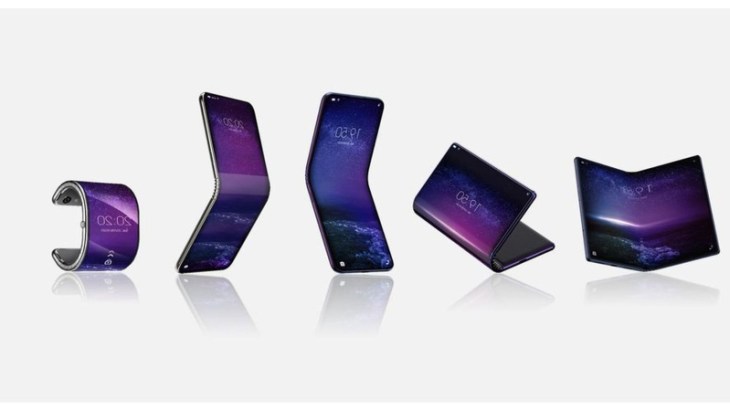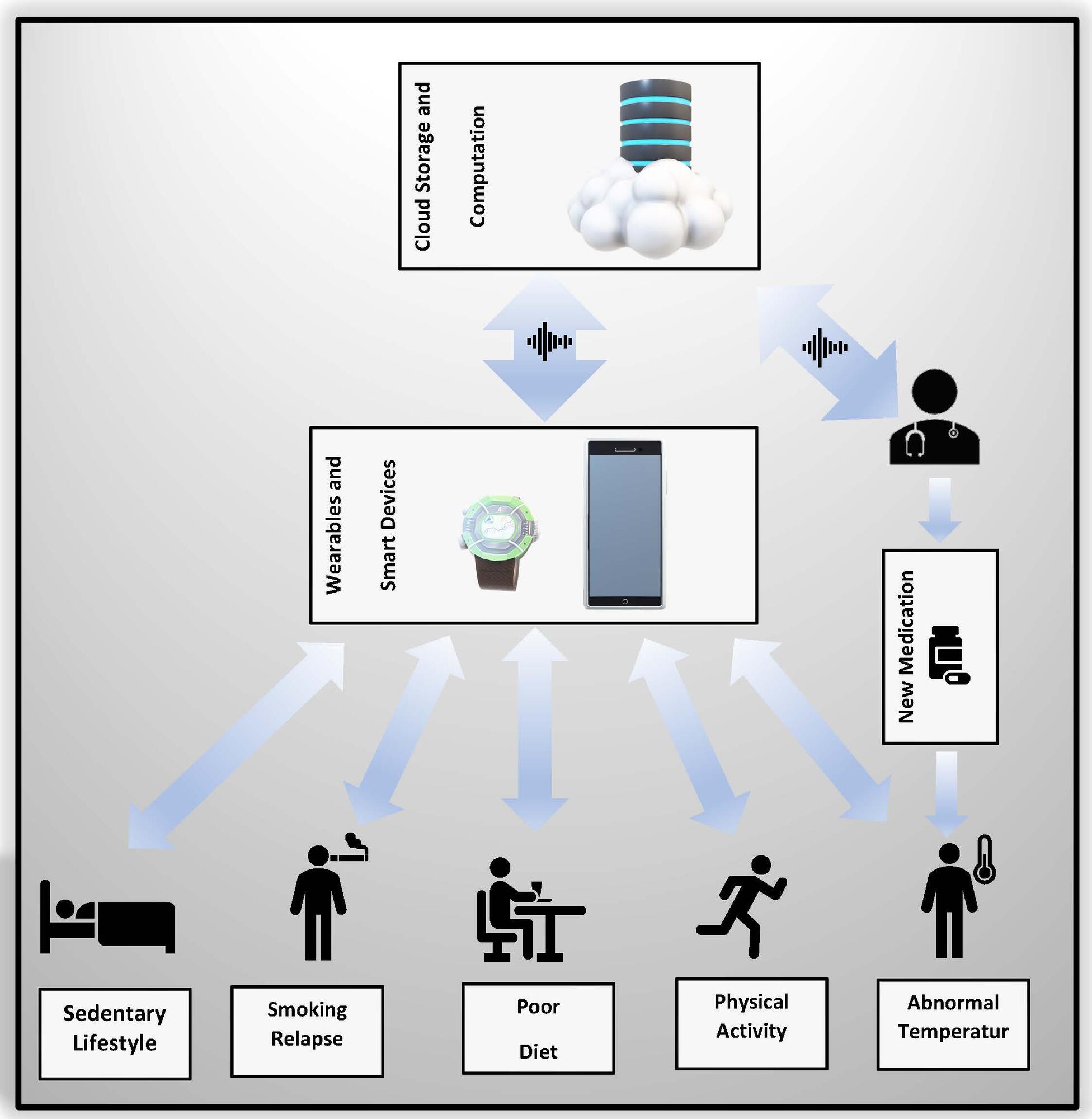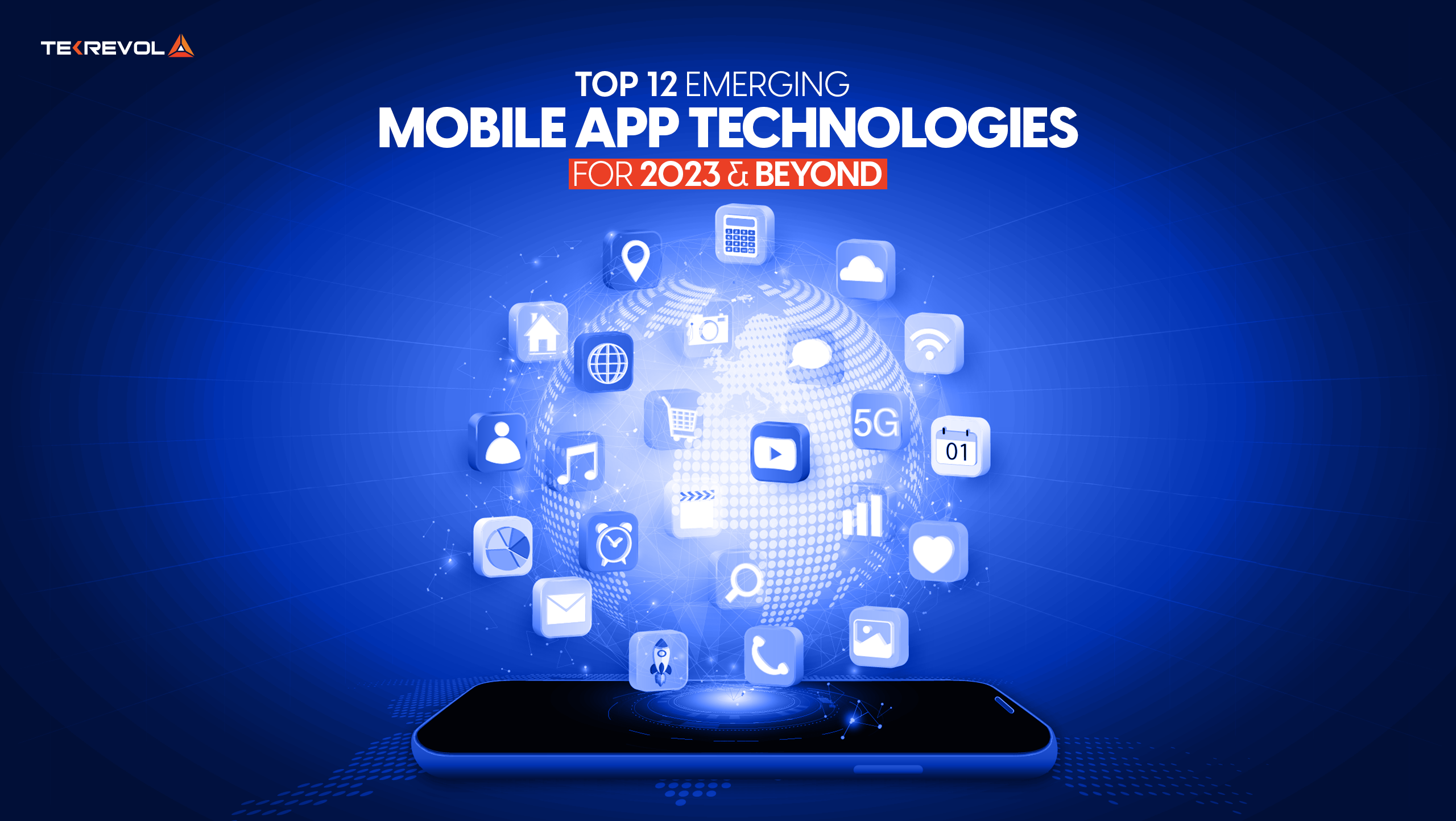Introduction
Mobile devices have become an integral part of our lives, serving as our personal assistants, communication tools, and even our wallets. With the increasing reliance on smartphones and tablets, it is crucial to ensure the security of these devices and the data they hold. In this blog post, we will explore the latest mobile security technologies that are designed to protect our devices and keep our sensitive information safe.
Biometric Authentication
Biometric authentication has emerged as a cutting-edge mobile security technology. It utilizes unique physical or behavioral characteristics, such as fingerprints, facial recognition, or iris scans, to verify the user’s identity. This technology provides a higher level of security compared to traditional PINs or passwords, as it is nearly impossible to replicate or forge these biometric features.
Fingerprint Scanners
Fingerprint scanners have become a common feature in modern smartphones. They offer a convenient and secure way to unlock devices and authenticate transactions. The latest advancements in fingerprint scanning technology have improved accuracy and speed, making it an effective mobile security measure.
Facial Recognition
Facial recognition technology has gained popularity due to its ease of use and high accuracy. By analyzing facial features, such as the distance between the eyes or the shape of the face, mobile devices can quickly authenticate the user. However, concerns regarding privacy and potential vulnerabilities still exist, and continuous advancements are being made to address these issues.
Mobile Device Management (MDM)
Mobile Device Management (MDM) solutions have become essential for organizations to secure their mobile devices and protect sensitive corporate data. MDM allows administrators to remotely manage and monitor devices, enforce security policies, and ensure compliance. These solutions enable organizations to control access, encrypt data, and remotely wipe devices in case of loss or theft.
App Security
With millions of mobile applications available, app security has become a significant concern. Developers are continuously working on implementing robust security measures to protect user data and prevent unauthorized access. Some of the latest mobile security technologies in app security include:
Summary
As technology advances, so do the threats that target our mobile devices. From malware and phishing attacks to data breaches and identity theft, the need for robust mobile security solutions has never been greater. Fortunately, developers and security experts are continuously working on innovative technologies to safeguard our smartphones and tablets.
One of the latest advancements in mobile security is biometric authentication. This technology utilizes unique physical or behavioral characteristics, such as fingerprints, facial recognition, or iris scans, to verify the user’s identity. Biometric authentication provides a higher level of security compared to traditional PINs or passwords, as these can be easily compromised or forgotten.
Another emerging technology is mobile threat defense (MTD), which combines machine learning, artificial intelligence, and behavioral analytics to detect and prevent mobile threats in real-time. MTD solutions monitor device behavior, network traffic, and application activity to identify any suspicious or malicious activities. By proactively detecting and mitigating threats, MTD helps to ensure the security of mobile devices and the data they store.
Furthermore, secure app development practices are gaining traction in the mobile security landscape. Developers are incorporating security measures into the app development process, such as code analysis, encryption, and secure data storage, to minimize vulnerabilities and protect user data. Secure app development not only enhances the security of individual applications but also contributes to the overall security of the mobile ecosystem.
In conclusion, the rapid evolution of mobile technology brings both convenience and security challenges. However, with the latest mobile security technologies, we can mitigate these risks and enjoy the benefits of our mobile devices without compromising our privacy and sensitive information. By embracing biometric authenticati look here on, mobile threat defense, and secure app development practices, we can stay one step ahead of cyber threats and ensure a safer mobile experience.
- Q: What are mobile security technologies?
- A: Mobile security technologies refer to various measures and tools designed to protect mobile devices, applications, and data from unauthorized access, malware, and other security threats.
- Q: Why is mobile security important?
- A: Mobile security is important because mobile devices are vulnerable to security breaches, data theft, and privacy violations. With the increasing use of smartphones and tablets, securing these devices has become crucial to protect sensitive information.
- Q: What are some common mobile security threats?
- A: Common mobile security threats include malware attacks, phishing attempts, network spoofing, data leakage, device theft, and unauthorized access to sensitive information.
- Q: What is encryption in mobile security?
- A: Encryption is a technique used to convert data into a coded form that can only be accessed or deciphered with the correct encryption key. In mobile security, encryption is used to protect sensitive data stored on the device or transmitted over networks.
- Q: What is biometric authentication in mobile security?
- A: Biometric authentication in mobile security involves using unique physical or behavioral characteristics, such as fingerprints, facial recognition, or voice recognition, to verify the identity of the user. It provides an additional layer of security beyond traditional passwords or PINs.
- Q: How does mobile device management (MDM) enhance security?
- A: Mobile device management (MDM) solutions enable organizations to centrally manage and secure mobile devices used by their employees. It allows IT administrators to enforce security policies, remotely wipe data in case of loss or theft, and ensure compliance with security standards.
- Q: What is app sandboxing?
- A: App sandboxing is a security mechanism that isolates applications from the rest of the device’s resources and data. It restricts an app’s access to sensitive information and system functions, reducing the risk of malicious activities or unauthorized data access.
- Q: How can users protect their mobile devices?
- A: Users can protect their mobile devices by keeping the operating system and apps up to date, using strong and unique passwords or bi

Welcome to my website! I’m Alexander Frank, a passionate and dedicated Mobile Tech Journalist with a deep love for all things related to mobile technology, everyday gadgets, laptop repairs, and MacBook repairs. With years of experience in the field, I strive to provide my readers with the latest trends, insightful reviews, and helpful tips to enhance their mobile tech experience.










